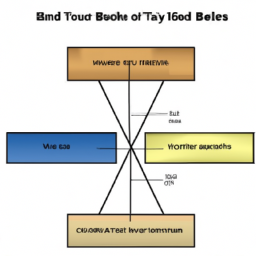Bonds are a popular investment choice for many people, providing a steady and reliable stream of income. But how do banks calculate bond yields and how can you use them to determine your own affordability? Let’s get into the specifics of bond yields so you can understand more about them, including how they are determined and how to calculate them.
The first step in calculating bond yields is to understand the different types of Bonds and the different ways they can be used. Bonds can be issued by governments, corporations, or other entities and can be either fixed-rate or variable-rate. Fixed-rate Bonds offer a fixed rate of return, while variable-rate Bonds offer fluctuating returns depending on the market conditions.
When it comes to calculating bond yields, there are a few key elements to consider. The first is the coupon rate, which is the interest rate that is paid out on the bond. The coupon rate is determined by the issuer of the bond, so it is important to research the issuer to understand what rate they are offering.
The second element in calculating bond yields is the duration of the bond. This is the length of time that the bond will be in effect, and it can vary from a few months to many years. The duration of the bond will affect the amount of interest that is paid out, as well as the amount of risk that is involved.
The third element to consider when calculating bond yields is the market conditions. This includes the level and direction of the bond market, as well as the current economic climate. These factors can all affect the amount of risk associated with the bond, and can make it either more or less attractive to investors.
The fourth element to consider when calculating bond yields is the creditworthiness of the issuer. This is important because it determines the likelihood of the issuer paying out the coupon rate. If an issuer has a good credit rating, it is likely that they will pay out the coupon rate, and this can make the bond more attractive to investors.
Finally, the fifth element to consider when calculating bond yields is the current interest rate environment. This is important because it affects the amount of interest that is paid out on the bond. If interest rate are low, it can make the bond more attractive to investors, while if interest rate are high, it can make it less attractive.
